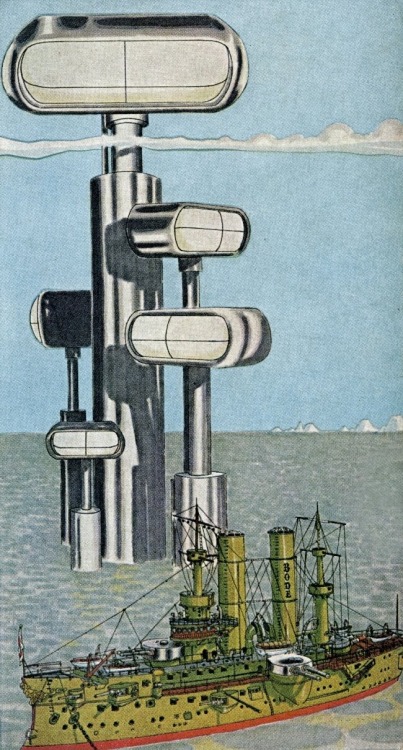
(via sciencefictiongallery)
Galaxy Science Fiction, August 1968
Cover art by Vaughn Bode



B. K. (Bob) Taylor is an American illustrator, cartoonist, writer, production designer, costume designer, puppeteer, and musician known for his work on theOdd Rods collector stickers of the late 1960s, his covers for Sick magazine, his comics in National Lampoon, and for his work as a staff writer on ABC’S popular sit-com, Home Improvement. He lives in Metro Detroit and continues to work as an illustrator and writer, performing occasionally in a local rock band...
..in National Lampoons "Funny Pages" section, Taylor alternated between two and sometimes three strips of his creation:
"The Appletons: A Saga of an American Family" - featured Helen, the earnest and clueless mom; Kathy and Bobby, the mischievous and somewhat less clueless kids; and Norm, the mischievous and subversive dad (imagine Ward Cleaver with a penchant for elaborate and dangerous practical jokes).
"Timberland Tales" - featured Doctor Rogers, an earnest Mark Trail-type; his girlfriend Kathleen; Maurice the Indian Boy ("some call him the joker"), an unbelievably naive and bulbous teenager; and Constable Tom ("rumored to have a small amount of brain damage"), a dimwitted, musclebound Canadian Mountie. The latter two characters were featured much more frequently.(be sure and check out this excellent B. K. Taylor fan site)
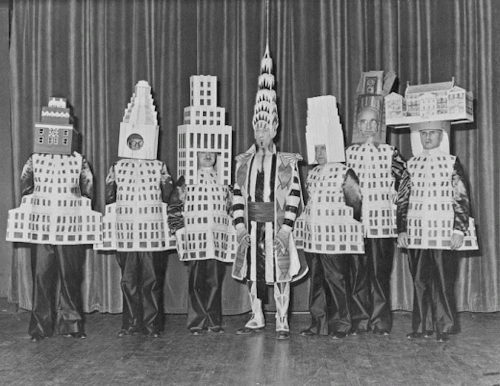
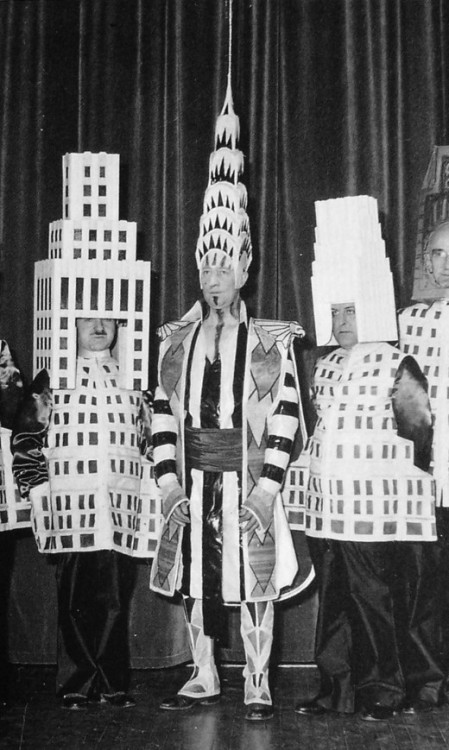
Here’s an event we wish we would happen more often.
These awesome photos, taken at a Beaux-Arts Ball in New York City on January 23, 1931, show a gathering of famous architects dressed up as the equally (if not more) famous buildings they designed.
Picture from left to right are: A. Stewart Walker (Fuller Building), Leonard Schultze (Waldorf-Astoria), Ely Jacques Kahn (Squibb Building), William Van Alen [looking particularly splendid] (Chrysler Building), Ralph Walker (1 Wall Street), D.E. Ward (Metropolitan Tower), Joseph H. Freelander (Museum of New York)
So why don’t architects do this more often?
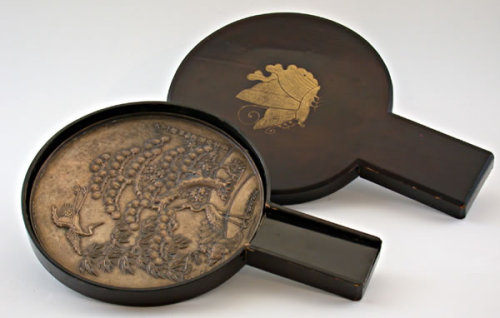
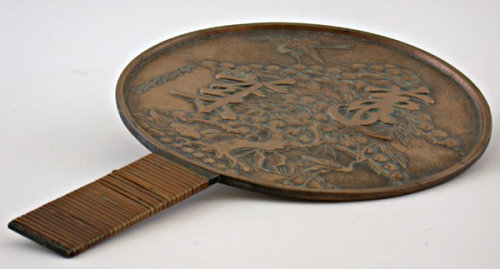
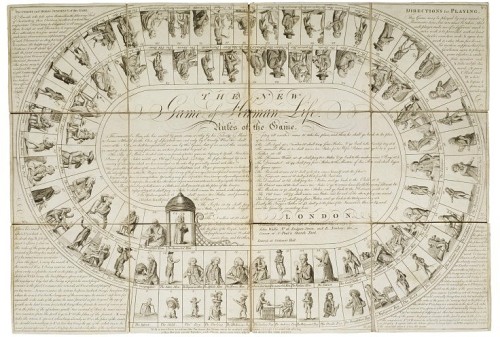


Still from “Rivers and Tides”
Goldsworthy heads to the shore early in the morning when the tides are low. He begins to collect wood and pile them up to create a dome on the rocky landscape of the banks. He starts by building it in a circle around himself. The process is tedious because a small twig in the wrong place can dismantle the entire piece. As his work is nearing completion, the water level rises and begins to seep into the dome. Against the setting sun, the tide engulfs his work and it begins to fall apart. The piece floats away, perhaps, never to be seen by the artist.
Sherlock Holmes, Hercule Poirot, Kojack, those guys from CSI, they are all brilliant minds on their own, but what if they all got together to solve the toughest criminal cases in history? They’d have a much better chance of success, at least in theory. That’s what the Vidocq Society is all about, bringing together the most brilliant minds in criminology and trying to get to the bottom of hundreds of thousands of unsolved cases. Once a month, the members of this 20-year-old exclusive club assemble in an old Victorian dining room, to enjoy fine cuisine and talk about unsolved murders. As their motto (Cuisine and Crime Solving) suggests, crime is always on the menu at Vidocq Society meetings. On the third Thursday of every month, some of the world’s greatest crime specialists meet up in Philadelphia to try and solve some of the toughest murder cases in history, over a delicious lunch. This is the Vidocq Society.
Photo: Paris Match
The mysterious crime-solving club was named after Eugene Francois Vidocq, an 18th century crook-turned-crime-fighter, considered to be the father of modern criminology and the world’s first private detective. William Fleisher, Richard Walter and Frank Bender, the three founding members of the Vidocq Society, began gathering experts in criminology in 1990, and now the club numbers 82 retired cops, ex-FBI agents, profilers, coroners and even a psychic, from 17 American states and 11 countries across the globe. On their monthly meeting, they all brainstorm to try and solve cold cases, and many times these last chance detectives manage to bring peace to families of victims whose killers were never caught.
Photo: Wikileaks News
Vidocq Society gatherings start off like a normal lunch, only some of the members go easy on the food, knowing that after coffee they’ll be treated to some horrific crime scene photos. One of the club’s founding members admits that at first, their only purpose was to get together over lunch and just enjoy themselves. But after one of them was asked to speak at a conference in Texas organised by parents of murdered children, they decided to change the purpose of their little secret society and try to solve cases for people who are hurting. And that’s exactly what they have been doing. The Vidocq Society reckons it has helped solve around 300 murders, and provided valuable information to official investigators on about 90% of the cases presented before its members.
The Vidocq Society invites criminal detectives from all over the United States to present their cold cases in hopes of gaining new insights that might eventually help solve them. In most cases, they leave impressed by the members knowledge and expert opinions, and with plenty of valuable information.
If you want to learn more about the fascinating Vidocq Society, you can visit their official site or read Michael Capuzzo’s book, The Murder Room. He spent three years with the members of this unique group and documented some of the cases the society has worked on during that period.
The Vidocq Society – Solving Tough Murder Cases Over Lunch was originally posted at OddityCentral.com
My World and Welcome to It was a US-made half-hour sitcom based on the humor and cartoons of James Thurber (1894-1961). It starred William Windom as John Monroe, a Thurber-like writer and cartoonist who works for a magazine that closely resembles The New Yorker, called The Manhattanite. Wry, fanciful and curmudgeonly, Monroe observes and comments on life, to the bemusement of his rather sensible wife Ellen (Joan Hotchkis) and intelligent, questioning daughter Lydia (Lisa Gerritsen). Monroe's frequent daydreams and fantasies are usually based on Thurber material. My World — And Welcome To It (note slight variation from television title) is the name of a book of illustrated stories and essays, also by James Thurber.
The television series ran just one season, 1969-1970. It was created by Melville Shavelson, who wrote and directed the pilot episode and was one of the show's principal writers. Sheldon Leonard was executive producer. Another of the show's producers, Danny Arnold, co-wrote or directed numerous episodes, and even appeared as Santa Claus in "Rally Round the Flag."
Most episodes open with Monroe arriving in front of the house from the Thurber cartoon "Home," which in the original cartoon has a woman's face on one side of it. In the show the house is initially house-shaped. The woman's face is often animated to appear, as Ellen says something to John. The "Home" house, without the face, is used as an establishing shot throughout the episodes. Other Thurber cartoons are similarly animated over the course of the series, sometimes in the opening sequence, sometimes later in the episode. The episode "Cristabel" begins with Monroe lying on top of a cartoon doghouse, a reference to the non-Thurber cartoon character Snoopy. The animation for the series was by DePatie-Freleng Enterprises.
Live action adaptations of Thurber's writing are another show staple. For example, "Rally Round the Flag," in which Monroe purchases a very large flag as a gift, is loosely based on a Thurber piece called "There's a Time for Flags." An incident with a policeman in "Christabel" is an almost verbatim transcription of the Thurber story "The Topaz Cufflinks Mystery". Fables for Our Time is another source, as when John Monroe sees a unicorn in the back yard, a reference to "The Unicorn in the Garden." Many of the episode titles are taken from Thurber's Fables for Our Time (e.g., "The Shrike and the Chipmunks") and other writings ("Rules for a Happy Marriage" and many more).
Aside from his obvious resemblance to Thurber himself, John Monroe is based on one of Thurber's characters, who appeared in several short stories including "Mr. Monroe Holds the Fort" and "The Monroes Find a Terminal." Monroe and his family first came to television in a 1959 Alcoa Theatre/Goodyear Theatre production called "Cristabel (The Secret Life of John Monroe)", also written by Melville Shavelson. The dog Cristabel was named after a dog Thurber gave to his daughter.

